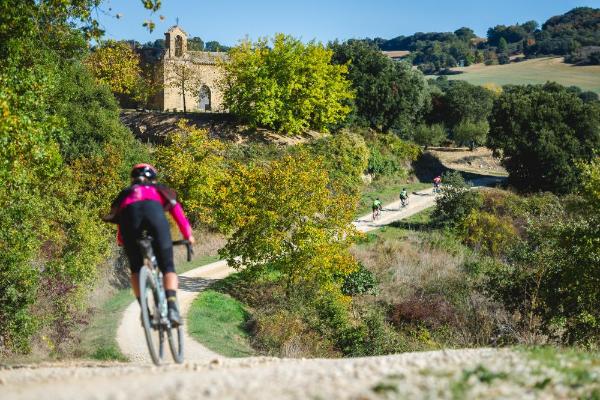The musts in this area
-
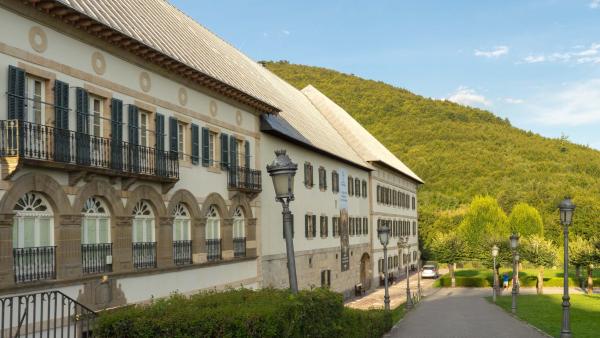 Roncesvalles
Roncesvalles
Roncesvalles
-
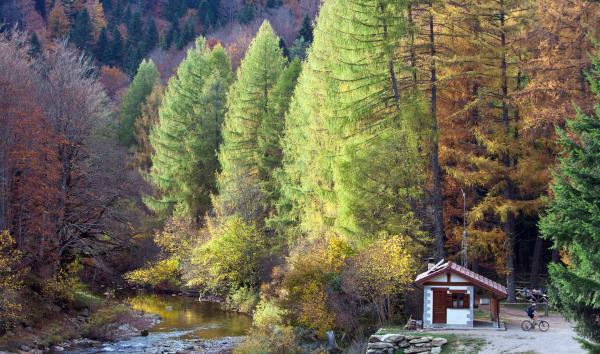.jpg) Irati forest
Irati forest
Irati forest

The gateway to the Way of St James, pure Pyrenees and spectacular beech forests
-
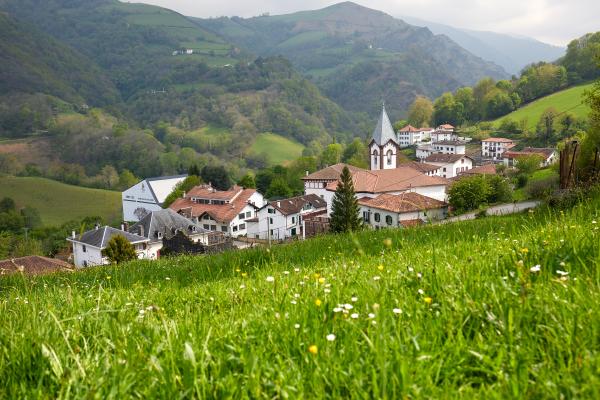
Valcarlos
If you decide to start the Way of St James in Saint-Jean-Pied-de-Port (France), you can reach Orreaga/Roncesvalles via Valcarlos or by taking what is known as the Napoleon route. The latter is much harder and is closed from 1 November to 31 March, but both take you through some beautiful landscapes with breath-taking panoramic views.
Valcarlos is a small village where the influence of the Way of St James lives alongside an epic past, for it was on the surrounding slopes that Charlemagne's troops were defeated by the Vascones in 778. Don’t miss the Battle of Roncesvalles exhibition centre, where everything about one of the most important battles of the Middle Ages is revealed.
The landscape is lush and rugged, and if you’re passing through on certain dates, Easter Sunday for instance, you can watch the dances of the Bolantes, one of the village’s best-known hallmarks.
I want to visit the Battle of Roncesvalles exhibition centre -
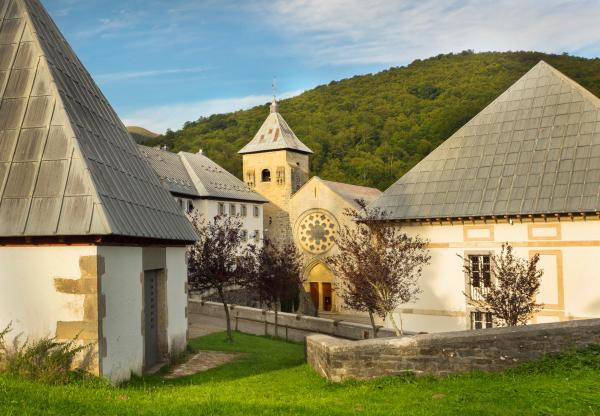
Roncesvalles
Although the first Navarrese village through which the Way of St James passes is Valcarlos, Roncesvalles, which had a pilgrims' hospital as early as the 12th century and grew to become a hub of religious activity, has always been considered the gateway to the Way on the peninsula. That’s why so many people set off on pilgrimage from there every year.
Small and pretty, it’s well worth visiting for its architectural splendour — this is first-class French Gothic —, the beauty of the surrounding area and the historical significance of the location.
More information about Roncesvalles -
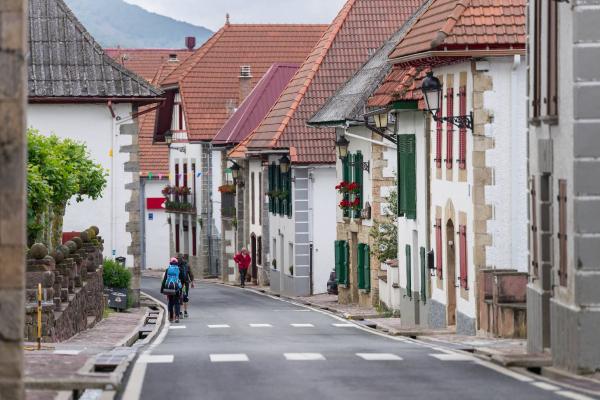
Burguete and Espinal, examples of linear villages
And if you want to visit the nearby villages, we recommend going to see Burguete or Espinal — beautiful examples of linear villages.
There you will find cemeteries with funeral stelae, green landscapes and unmistakeably Navarrese Pyrenean architecture.
-
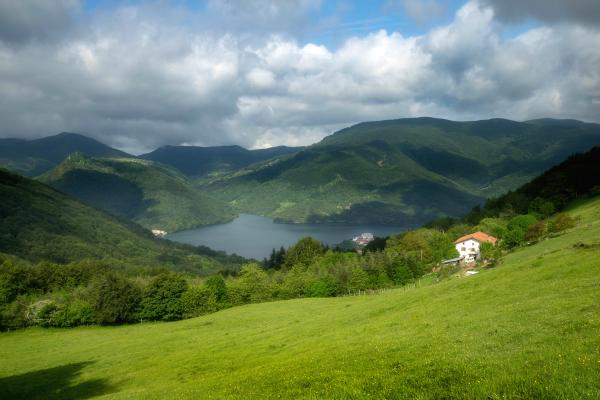.jpg)
Esteribar Valley
And a bit further down the road, Esteribar, a valley as close as it is unknown. Discover its beauty through gems that give it its own character:
- “Bridges over the Arga, the threads of Esteribar”, a route which embraces ten emblematic spots, including the Eugi reservoir and Quinto Real forest.
- Quinto Real forest. This is a nature spot where you won’t mind spending some time if you’re looking for tranquillity and fresh air as you hug age-old beech trees. You can venture through it along GR footpaths or the Eremua routes.
- Hiking along GR footpaths
- Eremua MTB Space and Trail
- Ruins of the Eugi ammunition factory
- Stage of the Way: from Zubiri to Pamplona (wikiloc)
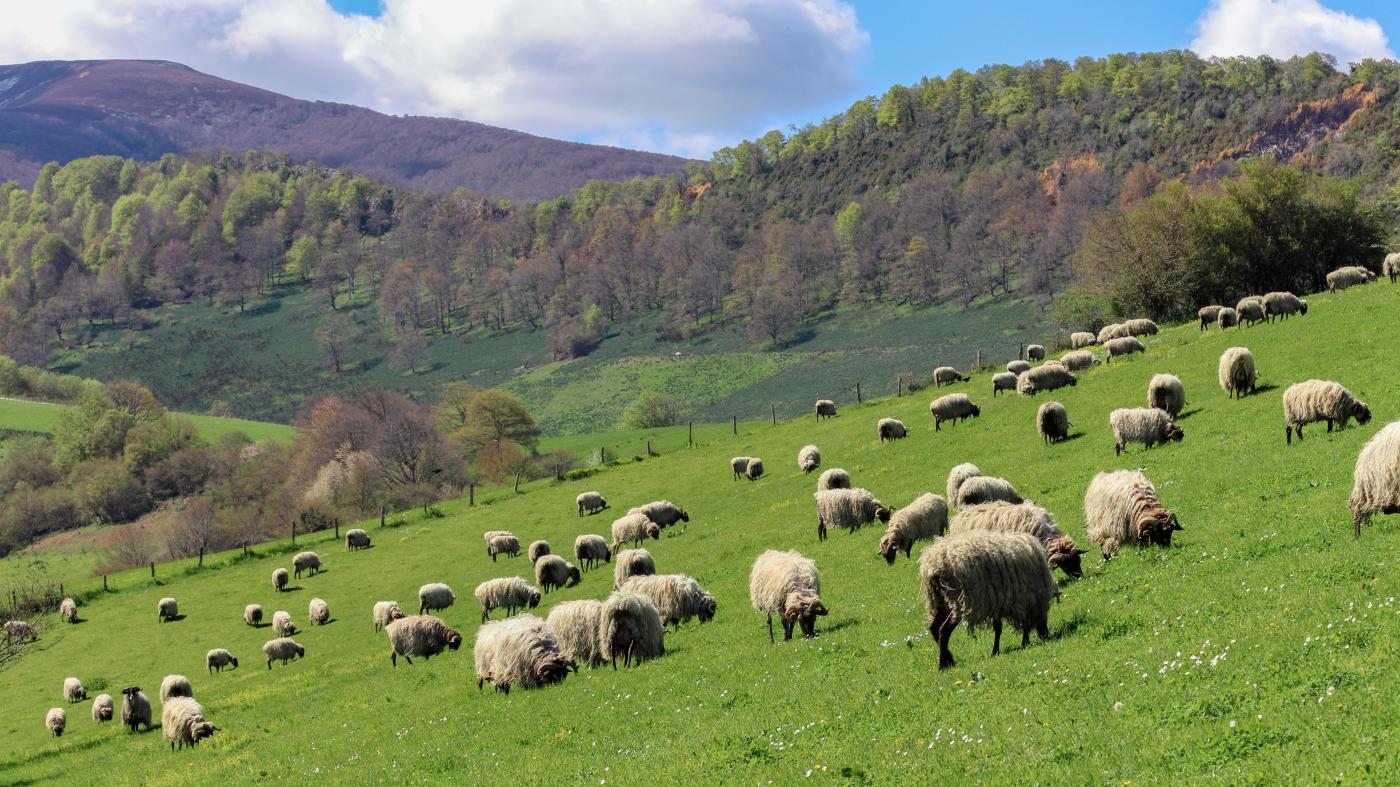
The Irati forest and Aezkoa and Salazar valleys
The Irati forest is something you have to experience. This is our treasure in the Pyrenees, a spectacle of colour that changes every season, an amazing forest of beech and fir trees between the Aezkoa and Salazar valleys in Navarre, and Soule and Cize in Basse-Navarre (France).
Here’s an idea of the most attractive things you can find in these valleys:
-
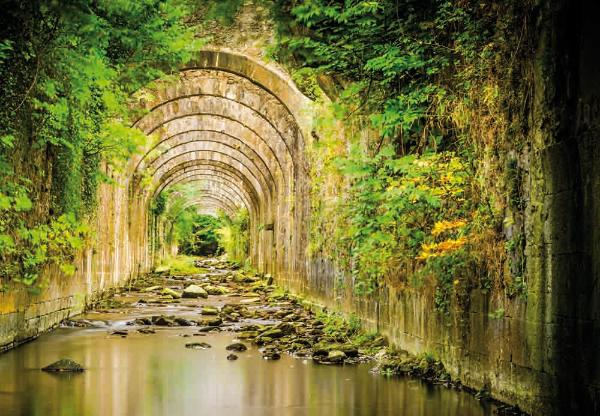
Aezkoa valley
Between ravines and mountains, the valley shelters 9 villages that are the living image of popular rural architecture: red-tiled houses, stone bridges and the peculiar granaries that make for picture-postcard landscapes. The valley is full of delightful spots:
- Orbaizeta arms factory
- Azpegi megaliths and Arpea cave
- Granary route
- Stelae garden and maze
- MTB trails and routes
- Fishing, hearing the deer during rutting season, wild-mushroom picking and birdwatching
- Viewpoints to take your breath away
-
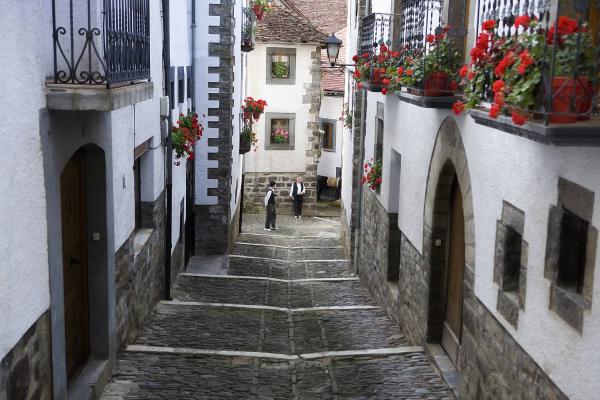
Salazar valley
A valley with a multitude of possibilities and villages like something out of a fairy tale. Pyrenean architecture, Gothic and Romanesque buildings, and discoidal stelae are scattered all around its pre-eminently livestock-farming villages. Take note of what's in store:
- Delightful villages like Ochagavía, Ezcároz and Jaurrieta
- The Ochagavía nature interpretation centre
- Sanctuary of Nuestra Señora de Muskilda
- Bike trails and routes
- Casas de Irati reception centre
- Irati-Abodi mountain centre
- Traditional festivals

Roncal, the Pyrenean valley par excellence
-
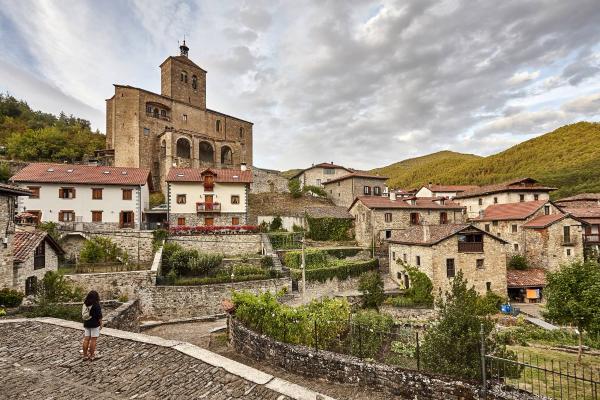
Roncal valley
It’s worth finding out all about the local history and traditions of the Roncal valley. It’s home to 7 pretty villages with a flavour all of their own, ideal for strolls along cobbled streets, past striking farmhouses with slate gable roofs to protect them from the snow. Here are a few ways to discover the valley:
- In Burgui: you can take the traditional trades’ walk, where old ways of life and jobs have been re-created. The trail reaches a viewpoint looking out over the gorge of Burgui. If there’s one traditional job that stands out in the valley, it’s that of timber rafter, which is why “Timber rafting day” is celebrated every spring. And to learn more about this tradition, you can visit the Timber-rafting museum.
- In Roncal: the House-Museum dedicated to the tenor Julián Gayarre and his mausoleum in the cemetery are both well worth a visit.
- In Isaba: here, the last village before reaching the highest peaks of the Navarrese Pyrenees, you’re bound to get caught up in the atmosphere that mountaineering and holidaymaking bring. Don't miss the House of memory, a museum on the customs of the valley. From there, there is a trail to the Belabarce waterfall.
- Belagua valley and Larra-Aztaparreta nature reserve
-
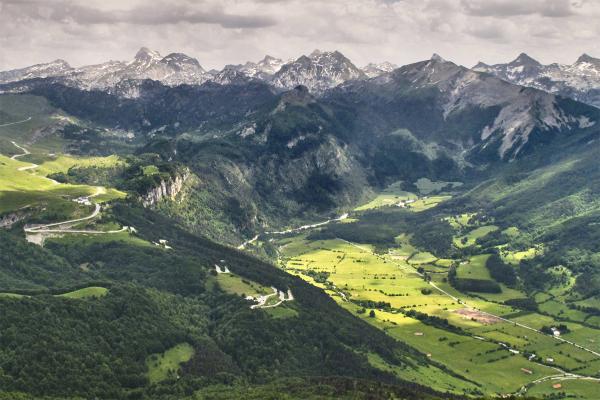
Larra-Belagua
If you’re looking for a rugged landscape, then the Belagua valley and Larra massif is the place for you.
Belagua is the only glacial valley in Navarre and its geological characteristics make it a fascinating place. It’s home to the Larra Nature Reserve, one of the largest karst massifs in Europe. A place of outstanding beauty, where black pines take hold as best they can in amongst the limestone rocks.
And inside, a very complex underground world. More than 3,000 pit caves and hundreds of kilometres of galleries and underground rivers for caving enthusiasts to enjoy. The most important and well-known pit cave is Piedra de San Martín, with a depth of 1,410 metres, near the entrance to which an ancestral festival of brotherhood with the neighbouring French region known as the Tribute of the Three Cows is held.
If you’re passionate about mountain sport, this is your chance to go skiing, snowshoeing or hiking along any of many routes. If you’re in good shape, why not walk up to Mesa de los Tres Reyes, which at 2,442 metres is the highest peak in Navarre? Only suitable for the brave. The area has its own infrastructure, too:
- Larra-Belagua Nordic ski centre
- Belagua refuge, a symbol of mountaineering and the only high-mountain refuge in the Navarrese Pyrenees.
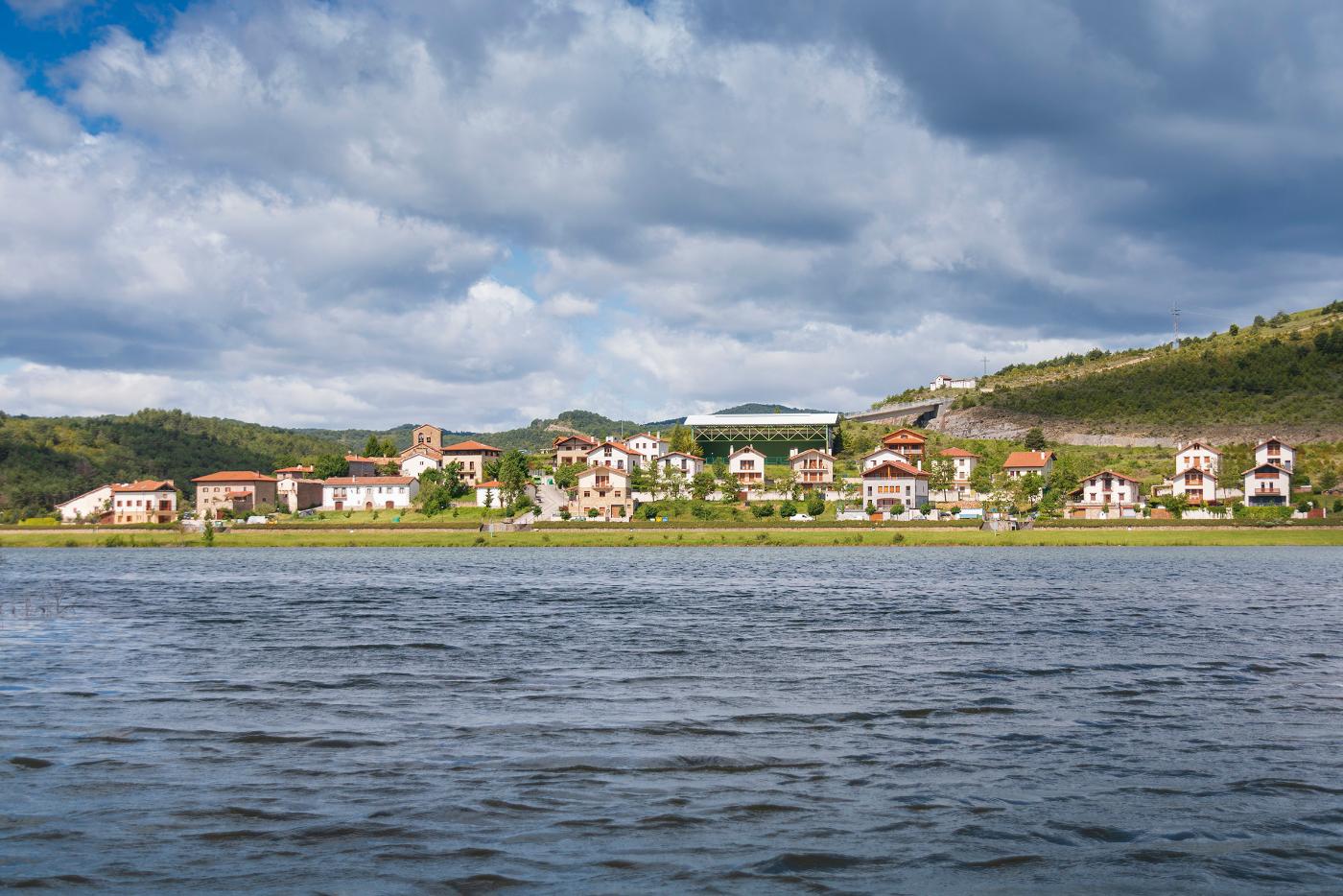
The unknown Arce valley: transition to the Pyrenees
A valley that makes the journey from the Pre-Pyrenees to the Pyrenees, between the Urrobi and Irati rivers, amidst beeches and holm oaks, amidst sheep and cows... a dualistic valley... a valley that’s surprising for how little known it is. Its highlights are:
- The Nagore reservoir, where a bathing area is set up in the summer. You can walk round it along the “Around the reservoir” trail
- The Arce church, a jewel of rural Romanesque architecture
- Roman road: a road more than a thousand years old, used to extract ore, transport goods and mobilise legions. A road connecting the Pyrenean mountain pass near Roncesvalles with Central Navarre. See the route on wikiloc.
- Examples of rural tourism:
- Agroturismo Maricruz, with its tree houses, vegetable garden and farm, is a paradise for families who want to immerse themselves in the rural world.
- And then there’s the elegant Hotel Rural Torre de Uriz, built onto a mediaeval defensive tower, offering luxury accommodation.
Active tourism for sports lovers
Gastronomy
The food is all about the traditions and customs of the villages in this part of the world. So you can’t go wrong with these dishes when you’re there:
- Tasty veal or horse chops
- Lamb cutlets with piquillo peppers
- Game stews in autumn and winter (wild boar, venison, pigeon...)
- Seasonal wild mushrooms (dark ceps (boletus aereus), St. George's mushrooms...)
- There’s always txistorra in every kitchen
- Relleno (sausage made with rice) from the Esteribar valley
- Migas de pastor (“shepherds’ breadcrumbs”) Salazar or Roncal style
- Trout a la navarra, fried with ham
- Costrada cake from Aoiz, the sweetest of temptations
- D.O. Roncal cured Latxa sheep's cheese with quince jelly and walnuts is perfect to round off a meal or eaten with a good wine between meals.
- Patxaran, the perfect digestif to end a meal with.
You'll see how tasty everything is!
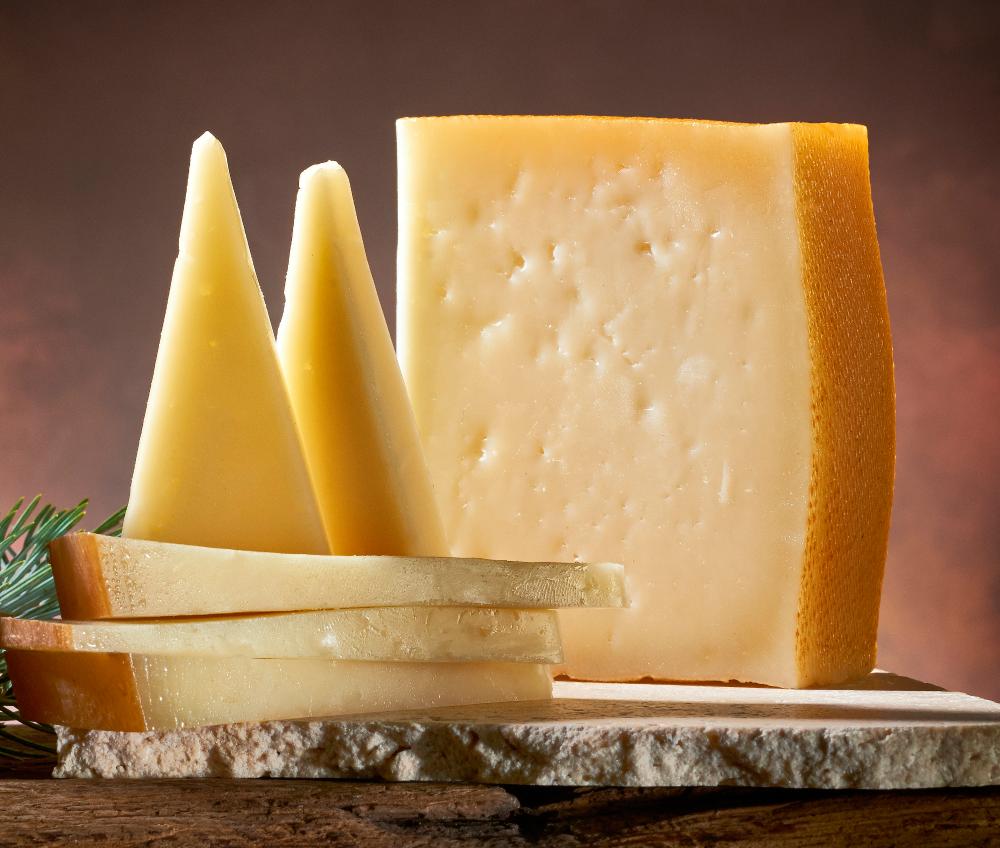
What to do in Pyrenees
Look at all the activities organised by companies in the area
Our final recommendations are of a more gastronomic nature. The dishes that always hit the spot here are the delicious steaks, lamb cutlets, game stews-— the pigeon in autumn is out of this world —, wild mushrooms and trout. And if you pass through Aoiz, then there's costrada, a dessert so sweet that it’s almost a sin.


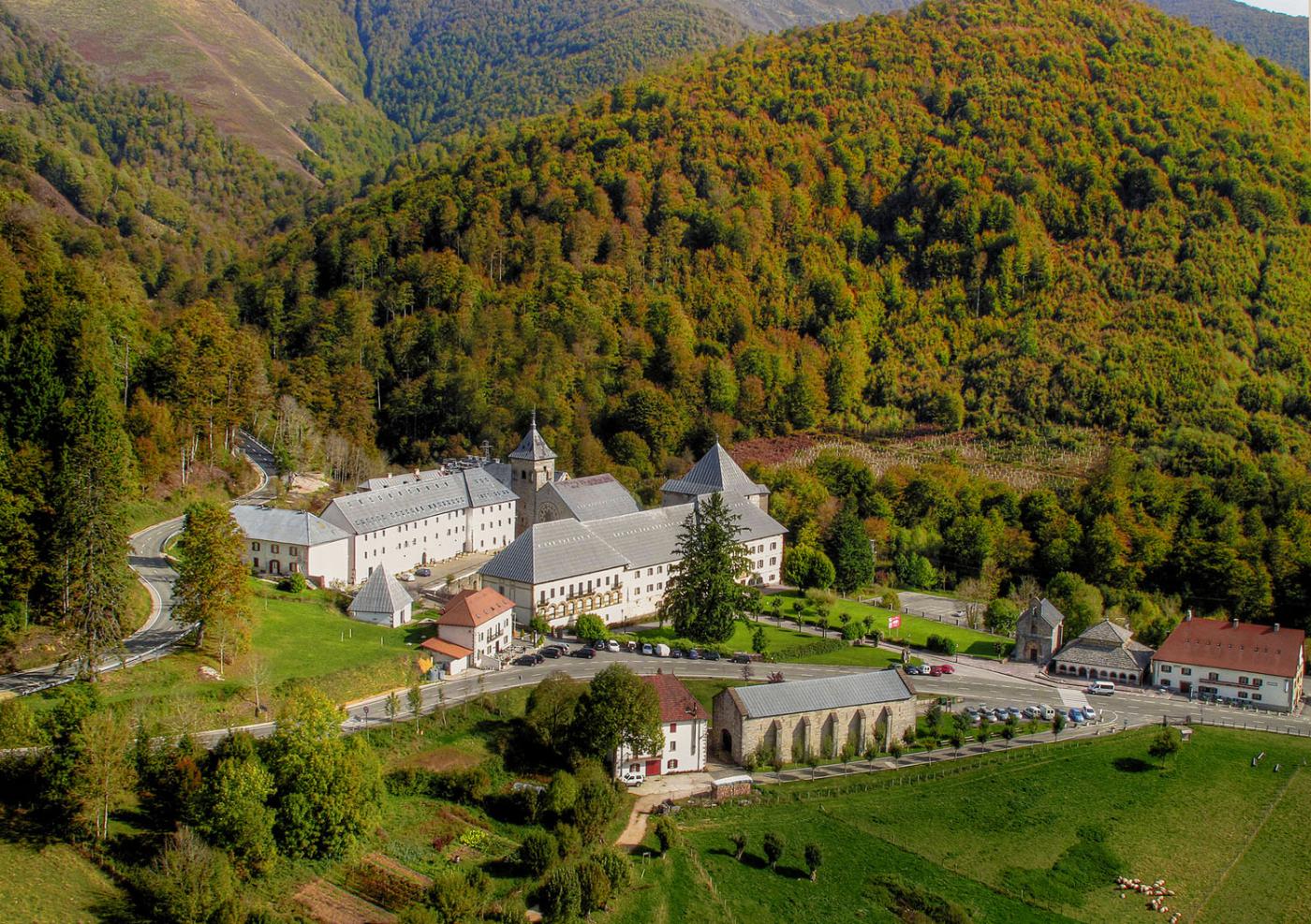.jpg)
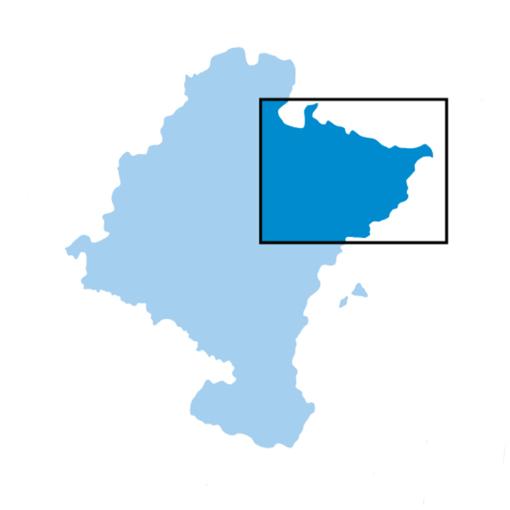
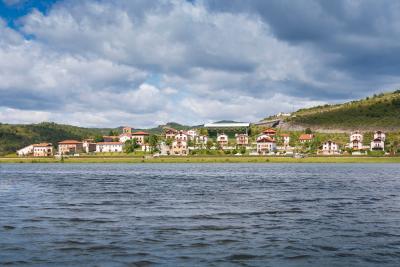.jpg)
.jpg)
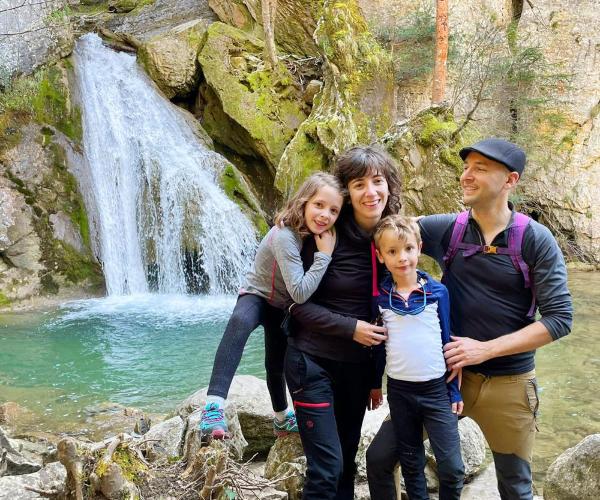
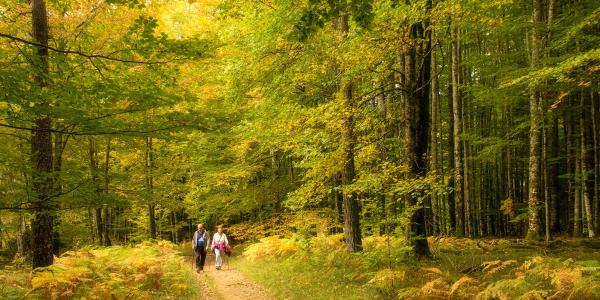
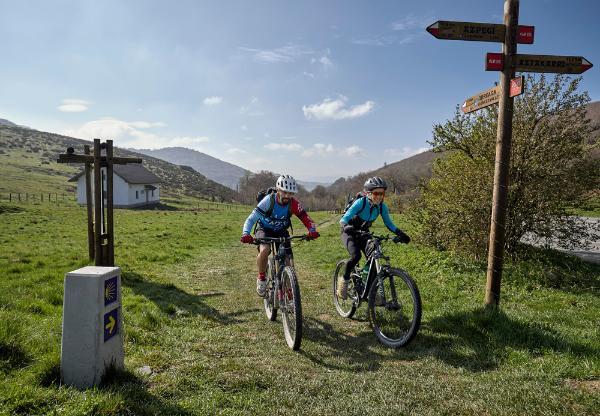.jpg)
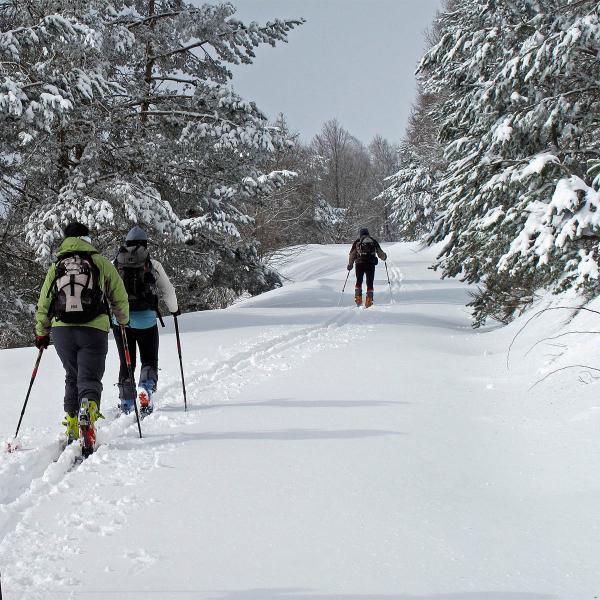
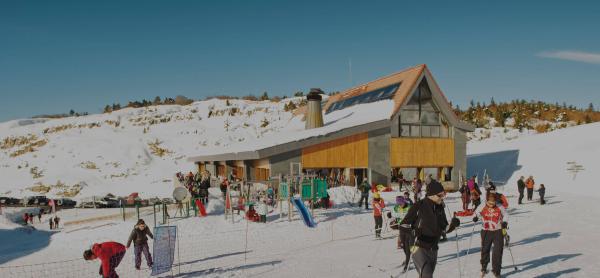.jpg)
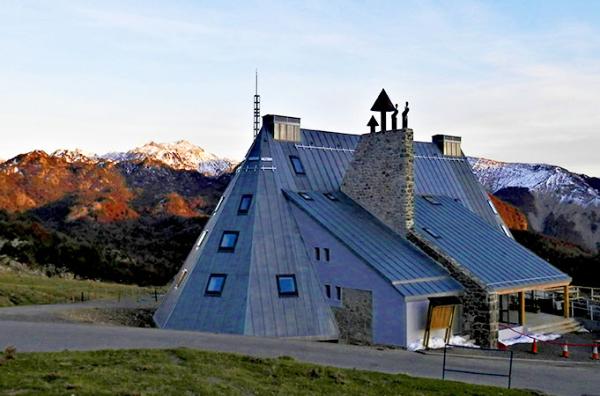
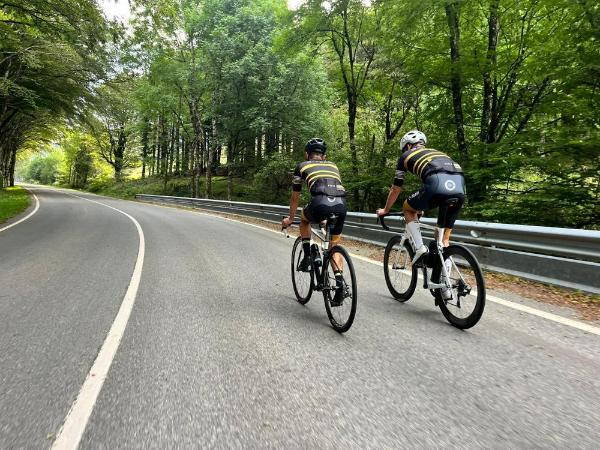.jpg)
